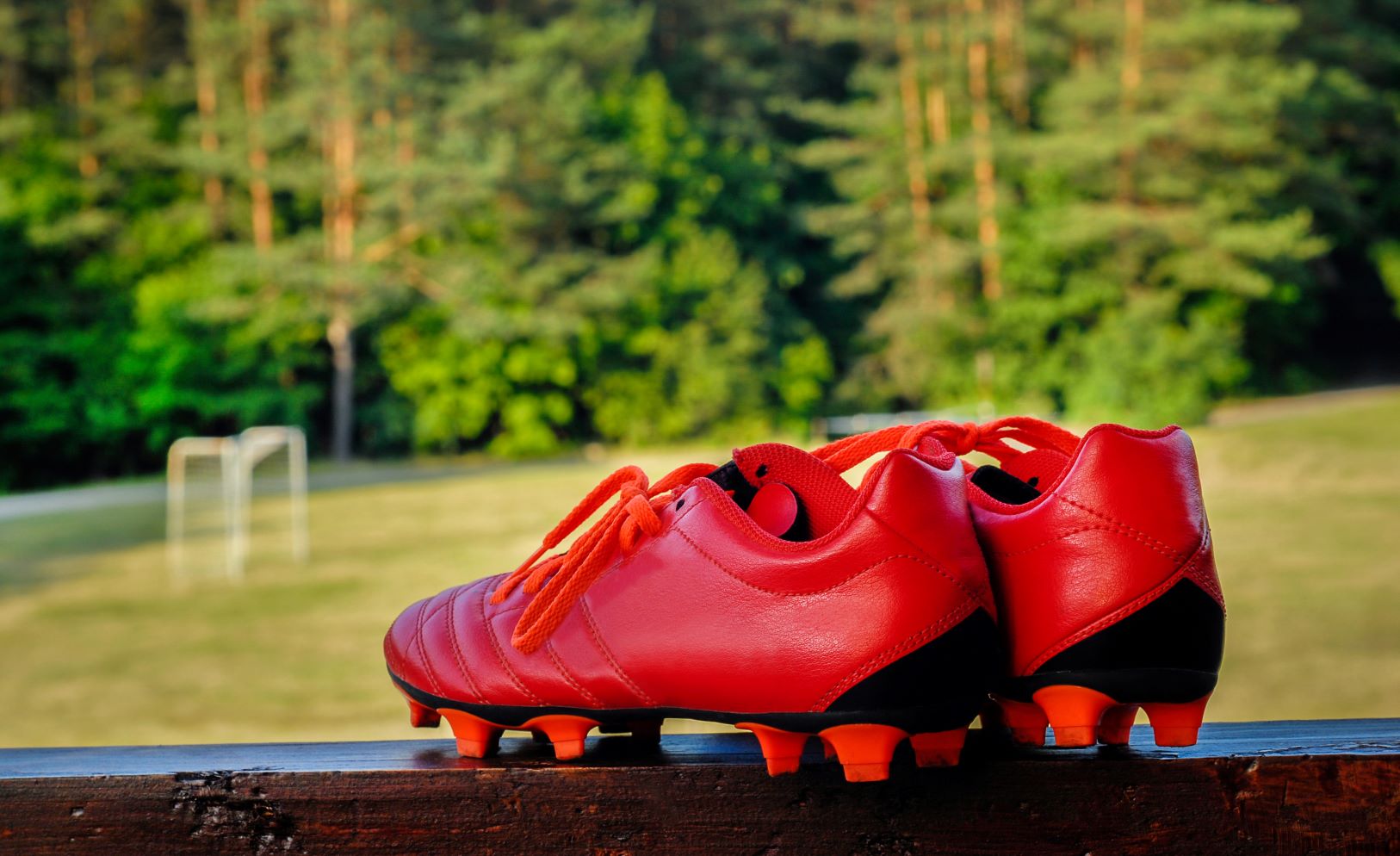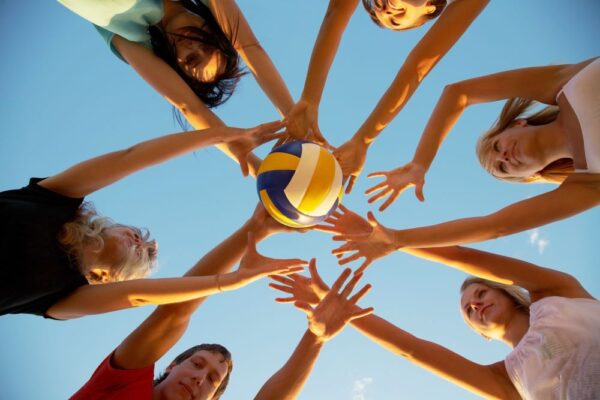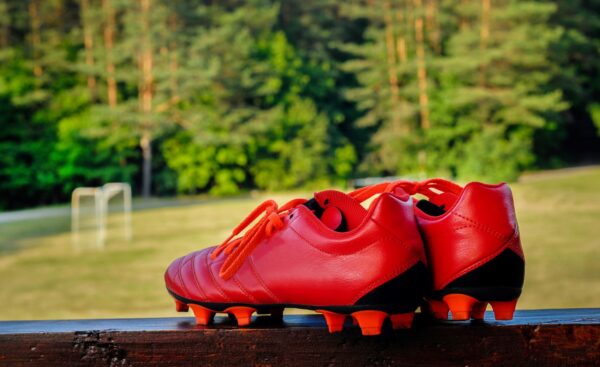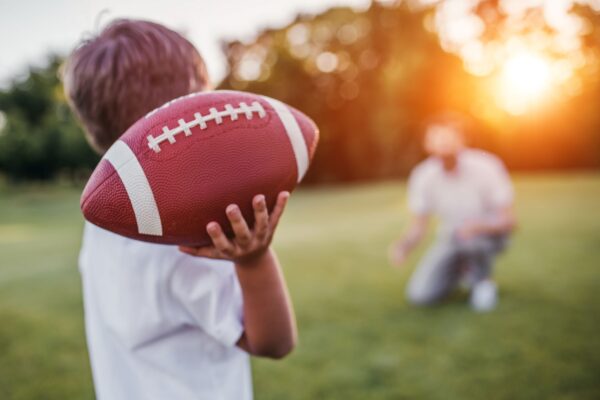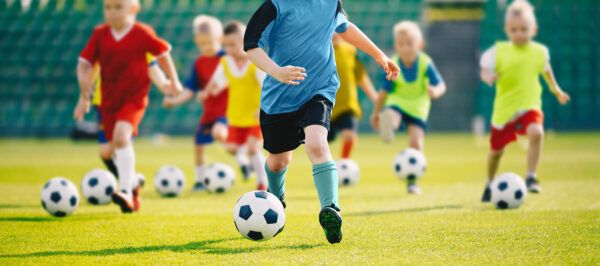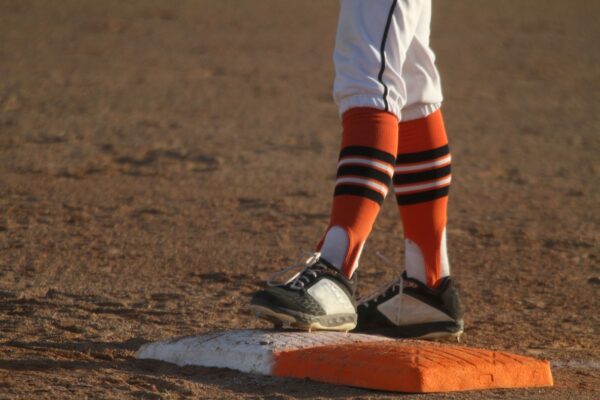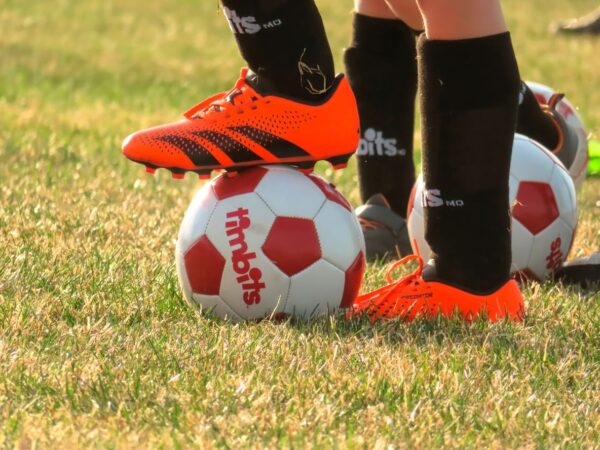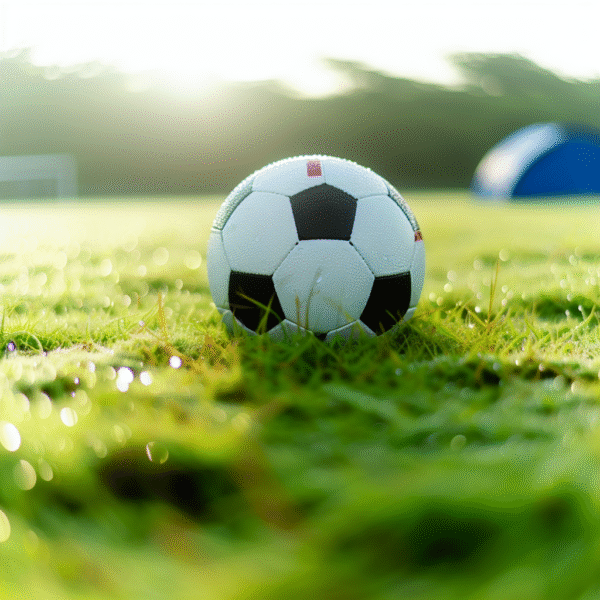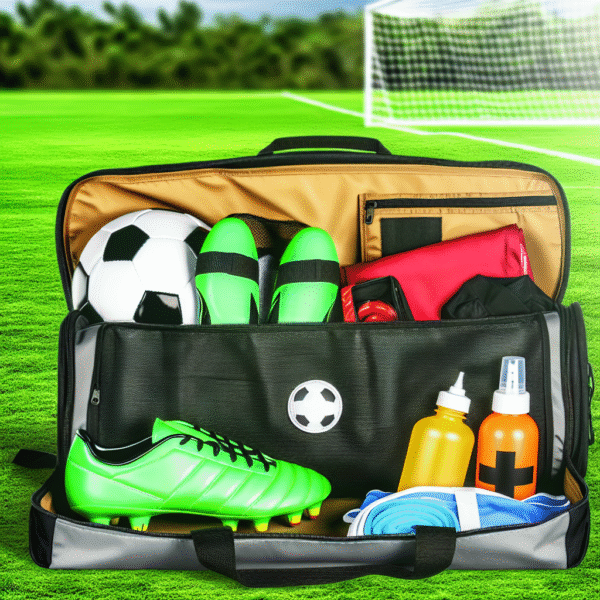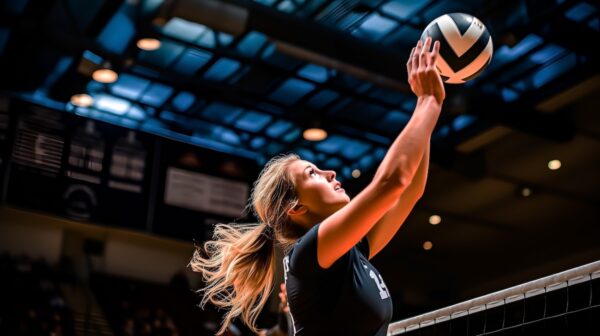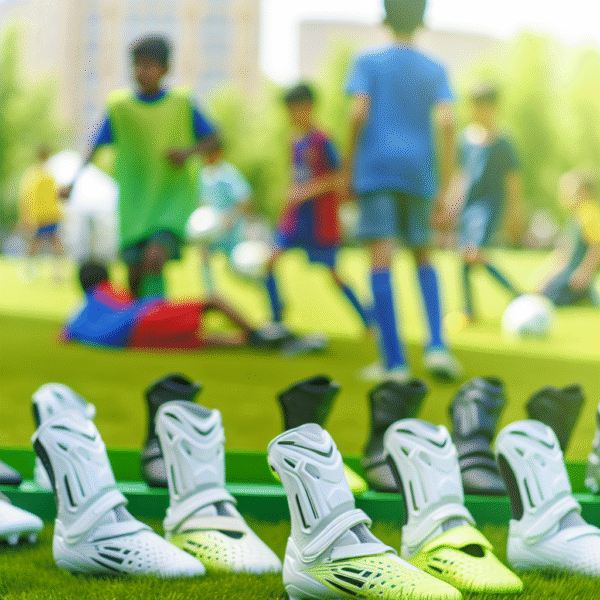Understanding Sport-Specific Footwear
Football and soccer may both be played on fields with cleats, but the sports demand different things from a player’s footwear. From the playing surface to the build of the shoe, there’s a clear difference between football cleats and soccer cleats. Choosing the right type of cleat is essential for performance, safety, and comfort—especially for youth athletes still learning the game.
Why Cleats Matter in Youth Sports
In youth athletics, proper cleats do far more than improve style. They boost performance and help prevent injuries, giving young players the stability and support they need to play their best.
First, cleats offer traction and stability. The specialized outsoles with molded studs dig into surfaces like grass and turf, helping prevent slips and falls. This extra grip allows players to sprint, stop, and cut with control.
Additionally, cleats contribute significantly to injury prevention. The added ankle and foot support helps maintain alignment and reduces the chances of sprains or strains, especially during sudden directional changes or collisions.
They also enhance performance. Good cleats allow for quicker take-offs, tighter turns, and better balance. As a result, athletes often notice improvements in speed, agility, and ball control.
Each sport’s cleats come with unique features. For example, soccer cleats prioritize low weight and ball control, while football cleats often include added ankle support and longer studs for traction on grass.
On top of that, well-fitting cleats made with breathable materials promote comfort and reduce blisters, which is crucial for long practices and games.
Finally, many youth leagues require specific types of cleats for safety and fairness. It’s important to check your league’s rules before purchasing any footwear.
Playing Surface Differences
Football and soccer are usually played on different types of fields, and the cleats reflect that.
-
Football Cleats: Designed for grass or turf, football cleats have longer, deeper studs for maximum grip. These cleats help players stay grounded during intense contact and sharp movements.
-
Soccer Cleats: Built for natural and artificial surfaces, soccer cleats feature shorter studs that support agility, footwork, and quick changes in direction. Some offer interchangeable studs for varying field conditions.
Cleat Construction and Fit
The shape and structure of the cleat can influence how a player moves and feels on the field.
-
Football Cleats: These often have a high-top design to offer better ankle protection. The added padding and stiffer construction make them ideal for the physical demands of blocking and tackling.
-
Soccer Cleats: Soccer shoes are usually low-cut for maximum ankle mobility. Their lightweight build allows players to dribble, pass, and shoot with precision and speed.
League Regulations and Preferences
Before you buy a new pair of cleats, make sure they’re allowed. Many youth leagues have guidelines about cleat types, especially around stud length or toe cleats (which are sometimes prohibited in soccer).
Aside from rules, personal comfort also matters. Some players prefer football cleats for their stability, while others appreciate the flexibility and lightness of soccer cleats.
How to Choose the Right Cleats for Your Child
When selecting cleats, consider:
-
The sport your child is playing
-
The field surface (natural grass, turf, or indoor)
-
League rules and regulations
-
Your child’s foot shape and comfort
-
Durability and material quality
Trying on different pairs is ideal. Always ensure the cleats provide a snug, but not tight, fit and allow for natural foot movement. A well-fitted pair reduces the chance of discomfort or injury and boosts confidence during play.
Football vs. Soccer Cleats: Know the Difference
In short, while football and soccer cleats serve a similar purpose, they are built for different goals. Football cleats offer more ankle support and longer studs for traction, while soccer cleats provide lightweight control and flexibility. Understanding these distinctions helps parents and athletes choose gear that enhances performance and promotes safety.
For players who are new to soccer or making gear decisions, check out Best Youth Soccer Shin Guards for Comfort and Protection to complete your kit with confidence.

